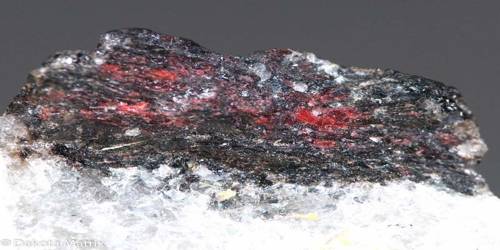Tautomers are structural isomers (constitutional isomers) of chemical compounds that readily interconvert. This reaction commonly results in the relocation of a proton. In organic chemistry, these isomers are two compounds that have the same chemical formula; that is, they’re made of the same atoms but differ in their atom connectivities. Tautomerism is for example relevant to the behavior of amino acids and nucleic acids, two of the fundamental building blocks of life. They are constitutional isomers of two compounds that readily interconvert between one another. Take, for example, the four constitutional isomers of butanol. They are each of two or more isomers of a compound that exist together in equilibrium and are readily interchanged by the migration of an atom or group within the molecule. Another good example of tautomers is the structures known as thiolactam and thiolactim respectively.
The concept of tautomerizations is called tautomerism. The term tautomerism is usually defined as “structural isomerism with a low barrier to interconversion between the isomers”. Tautomerism is also called desmotropism. The chemical reaction interconverting the two is called tautomerization. The two structures are called tautomers and these types of isomer compounds usually differ only in the number of electrons and protons. In addition to keto-enol tautomerism, several other types are well known, including those of aliphatic nitro compounds and those involving ring and chain structures, especially of molecules of sugars. They also exist in dynamic equilibrium.
Structural Requirement of Tautomerism –
- Compounds contain polar molecules and weakly acidic group functional groups.
- It involves the change in the position of an atom.
- It has no effects on bond length or such features.
- Generally, it occurs in planar or non-planar molecules.
Care should be taken not to confuse tautomers with depictions of “contributing structures” in chemical resonance. Tautomers are distinct chemical species and can be identified as such by their differing spectroscopic data, whereas resonance structures are merely convenient depictions and do not physically exist. The most common type of tautomerism is that involving carbonyl, or keto, compounds, and unsaturated hydroxyl compounds, or enols; the structural change is the shift of a hydrogen atom between atoms of carbon and oxygen. They are isomers of a molecule that exist in solution or in a cell. They are interchangeable forms because chemical bonds are rearranged many times spontaneously.
















